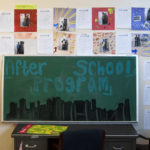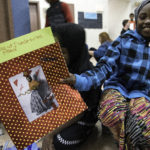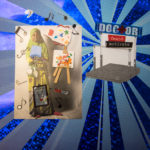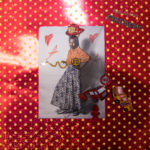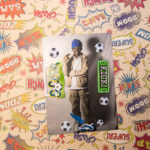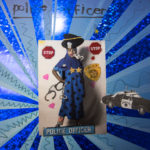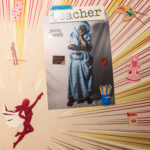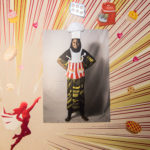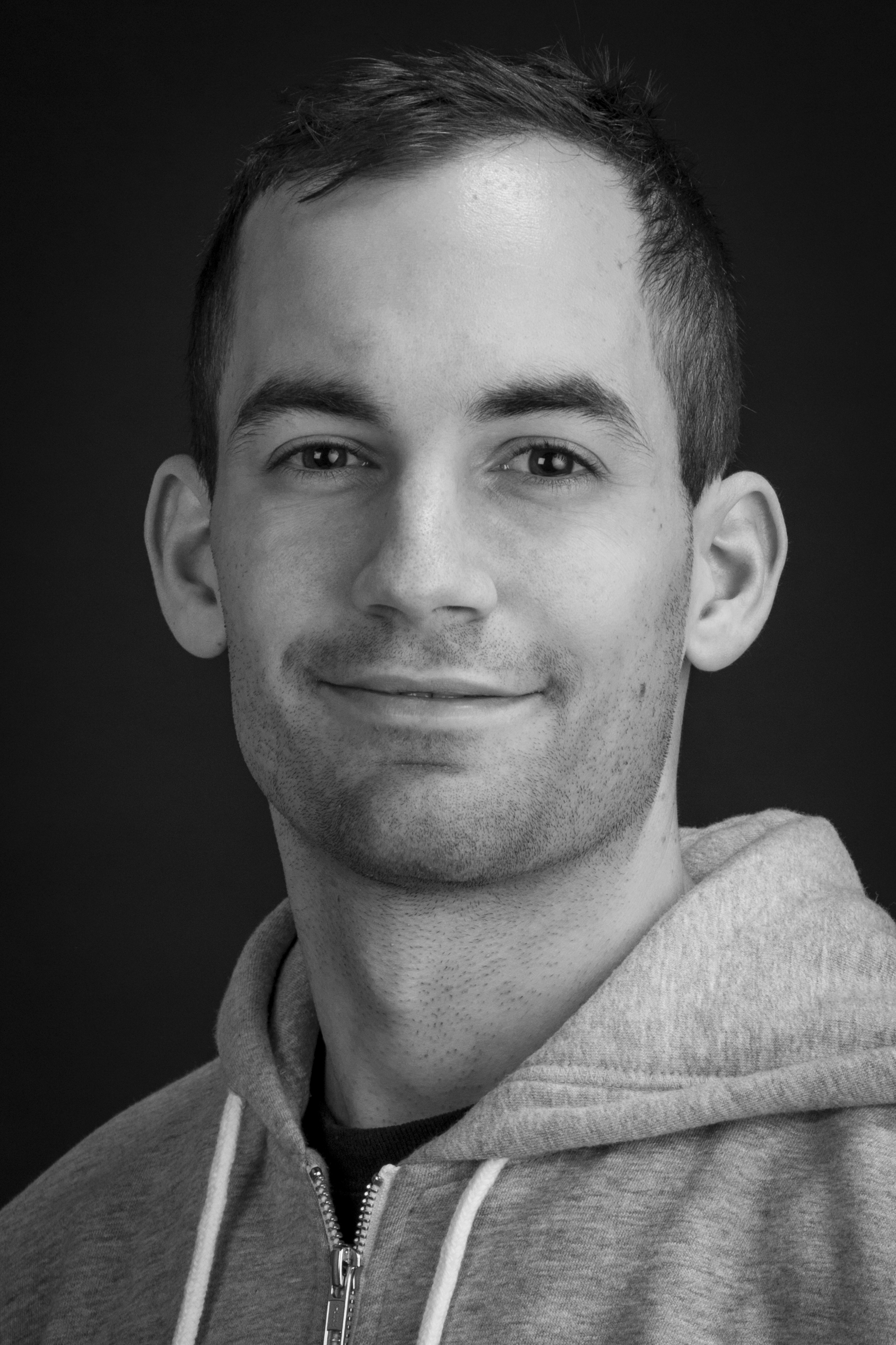Futures Framed
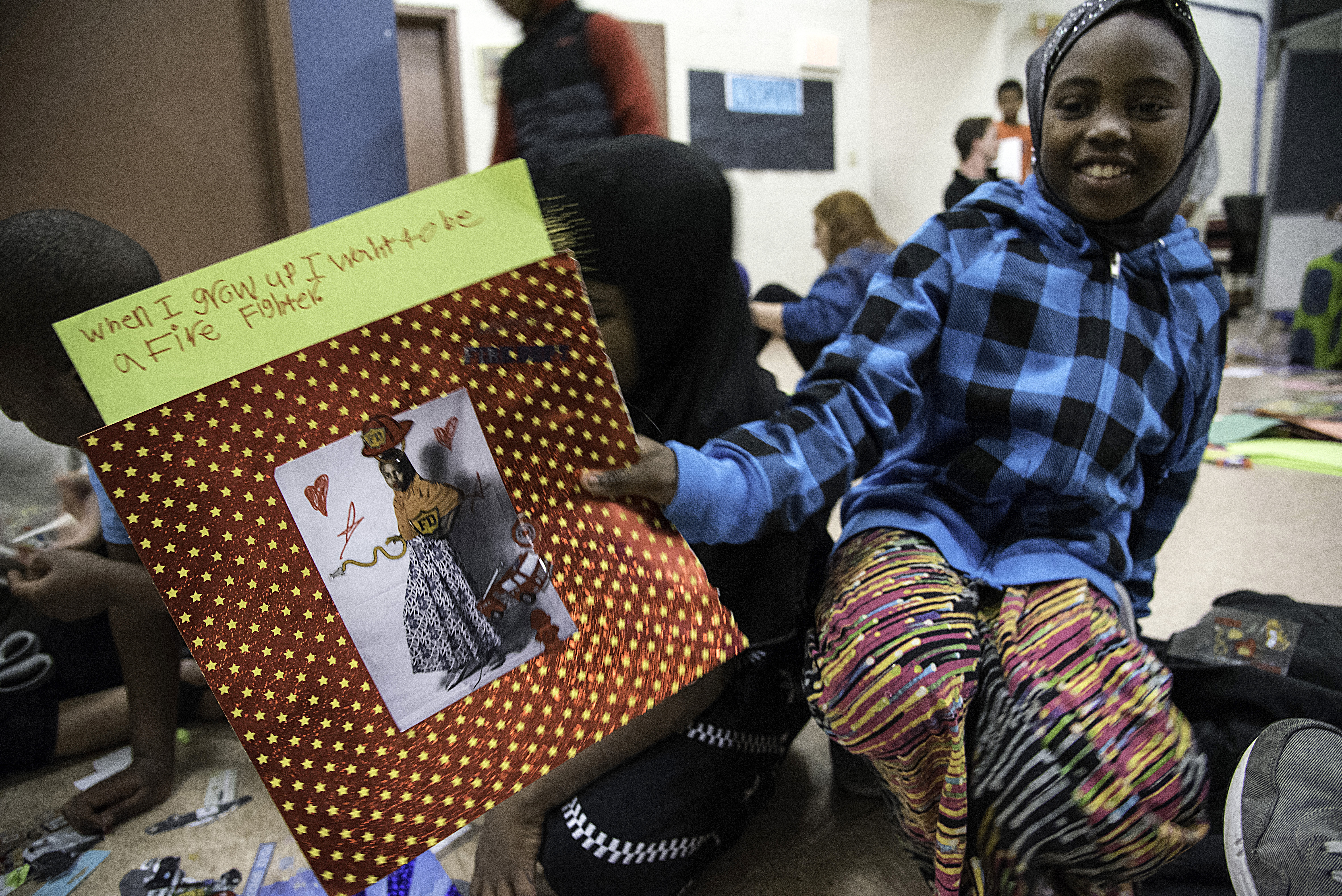
When I walked into the community center on the west side of Syracuse, New York, to volunteer for the first time, I didn’t know what to expect. Between an old apartment building and a small corner market, a bland brick structure hid an unlikely bounty of color and creativity inside.
Through the support of the Dorothy and Marshall M. Reisman Foundation, the Refugee and Immigrant Self-Empowerment (RISE) center offers a free after-school program for students between kindergarten and eighth grade, helping roughly 20 children from refugee families.
The setting and the children inspired me. I wanted to find a way to share their creative spirit, while also highlighting the program’s mission to support children raised in a culture other than their parents’.
According to the New York State Office of Temporary and Disability Assistance,
Onondaga County resettled 9,538 refugees between 2007 and 2016, from 52 different countries. That includes many of the parents and children at RISE.
“Feeling unsure of their place in the community, our students need an outlet for self-expression,” said Sarah Esposito, the center’s educational and after-school program coordinator. “Art allows our students a safe space where [they] can communicate with others and explore their own identities.”
That got me thinking about the universality of art and how I can connect with these children while helping them envision their futures. I approached Todd Goehle, RISE’s associate executive director, about doing a portrait project and he loved the idea enough that the staff wove it into the program’s theme of the month — art.
Two days later, I converted the center’s common area into a mobile studio just big enough to fit the tallest eight-graders. The children made sure to show their personality to the camera and eagerly ran back to see themselves after each shot.
In that moment, any fear I had of them dismissing me as a strange man with a camera was gone, and they were opening up to me because we were creating something together.
The following day, the children received prints of their portraits and made them their own. They drew on top, added stickers, glued on clip art and designed the frames of their photos to match what they wanted to be when they grew up.
“I liked it because it was like, ‘I can do anything I want when I put my mind to it,’” said Margaret Gosar, a 14-year-old student.
The 19 portraits were hung up in the children’s classroom, and are now one of several art displays that showcase the program’s method of helping students connect with themselves, other students, and their community.
“The arts — especially the visual arts — allow the students to express themselves creatively,” said Goehle. “You do not have to be Picasso to enjoy drawing or to use art to explore ideas.”
Goehle, Esposito and the staff agree: the RISE after-school program is about having a learning environment the children enjoy, and art has shown to be an effective tool.
“The art portrait project really encompassed everything RISE is about,” said Esposito, “self-empowerment and helping them become self-sufficient by finding their own identities.”


